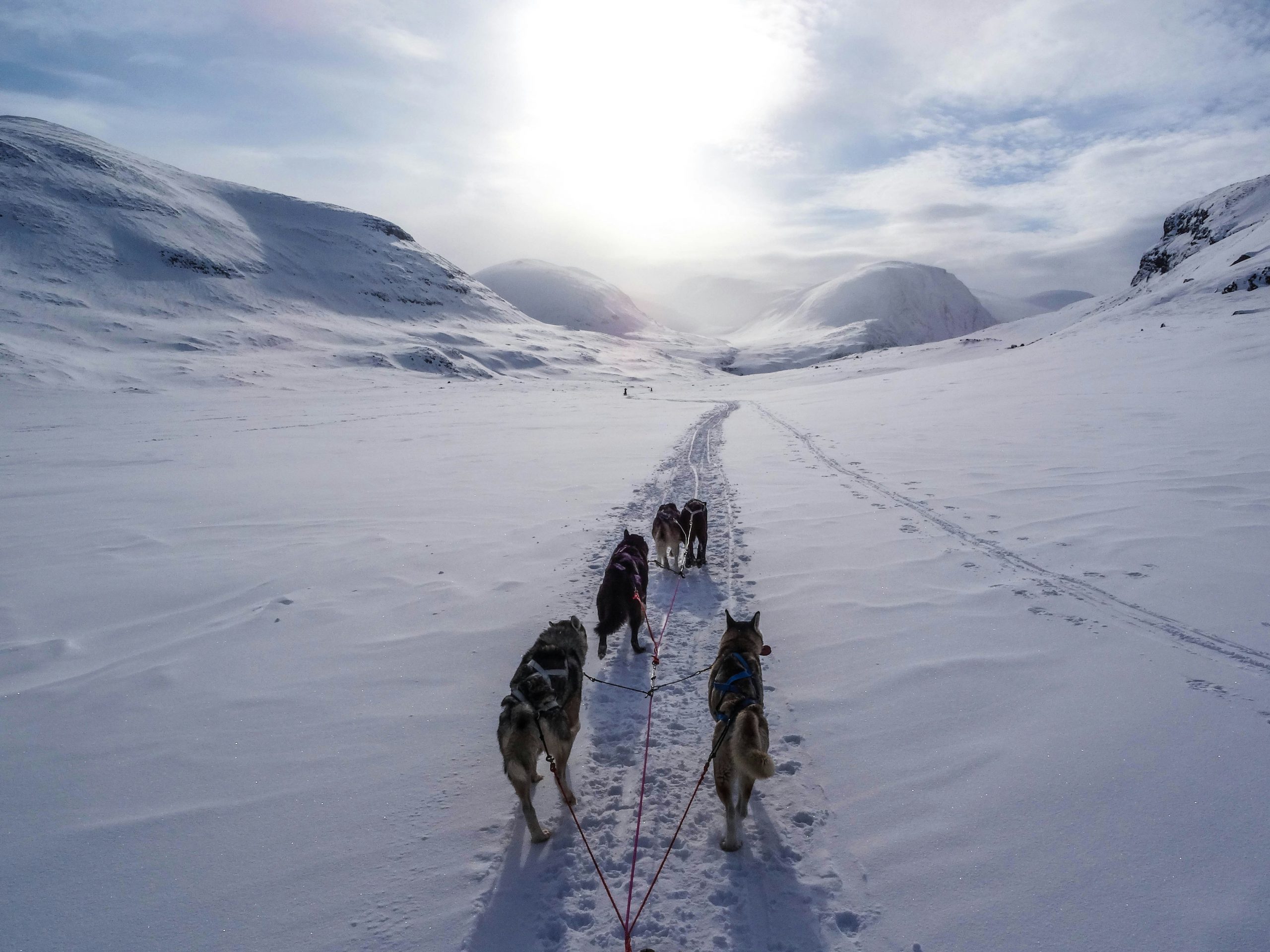
In an age where technology and nature converge spectacularly, wildlife photography has blossomed as an art form and a powerful tool for environmental advocacy. The allure lies in its ability to connect us with the natural world, portraying the beauty and complexity of wildlife often hidden from the naked eye. This genre of photography attracts professionals and amateurs alike, each drawn by the thrill of capturing a moment that speaks of nature’s raw essence and fleeting encounters.
The Technological Revolution and Accessibility
The surge in wildlife photography’s popularity can be attributed largely to technological advancements. High-quality cameras and lenses have become more accessible, and digital platforms offer budding and experienced photographers a stage to share their work with a global audience. Social media platforms, photography websites, and online forums buzz with vibrant communities of wildlife enthusiasts who share tips, photos, and experiences that inspire others to take part.
This accessibility has democratized the field, allowing people from various walks of life to contribute to wildlife photography’s expanding archive. Moreover, technology like remote camera traps and drones opens up new possibilities for capturing wildlife without disturbing their natural habitats.
The Role of Wildlife Photography in Conservation
Wildlife photography does more than fill galleries and social media feeds; it plays a crucial role in conservation efforts. By bringing distant wildlife into the public eye, photographers can stir emotions and foster a connection that transcends geographical boundaries. Images of endangered species and threatened habitats can become potent symbols in the fight for conservation, influencing public opinion and policy.
Organizations and conservationists increasingly collaborate with photographers to raise awareness and funds. These images help tell the story of species and places that need protection, often leading to tangible support such as donations, policy changes, and increased community engagement.
Ethical Considerations in Wildlife Photography
However, the growth in wildlife photography is not without its ethical challenges. The quest for the perfect shot can sometimes lead to behavior that disrupts animal habitats or stresses individual animals. Stories of photographers baiting animals, using artificial calls, or getting too close for comfort are not uncommon, raising concerns about the welfare of the subjects at the heart of this art form.
Responsible wildlife photography practices are being promoted to combat these issues. Organizations like the North American Nature Photography Association have established ethical guidelines encouraging minimal impact on wildlife and their environments. These include keeping a respectful distance, using appropriate methods to attract wildlife, and prioritizing the well-being of subjects over the desire for a particular image.
Economic Impact and Ecotourism
The demand for photography has also bolstered ecotourism, with many destinations marketing themselves around the opportunities they offer for photography. Safaris, guided tours, and photography workshops in wildlife-rich regions benefit local communities significantly economically. However, the influx of tourists can also lead to environmental degradation if not managed sustainably.
When done right, ecotourism promotes conservation and supports local economies without undermining the natural assets it depends on. It provides an economic incentive for communities to protect wildlife and habitats—if wildlife thrives, so does the tourism industry.
The Future of Wildlife Photography
As we look to the future, the trajectory of photography will likely hinge on balancing human interest with the imperative to preserve and protect natural environments. Technological advancements will continue to open new frontiers in capturing and interacting with wildlife through photography. However, the responsibility lies with both photographers and audiences to ensure that photography is a respectful engagement with nature that promotes conservation and awareness.
While the growing demand for wildlife photography brings challenges, it also offers extraordinary opportunities to positively influence conservation. By fostering a culture of ethical photography and supporting conservation-oriented projects, the wildlife photography community can contribute significantly to the global efforts to protect our planet’s biodiversity for future generations.